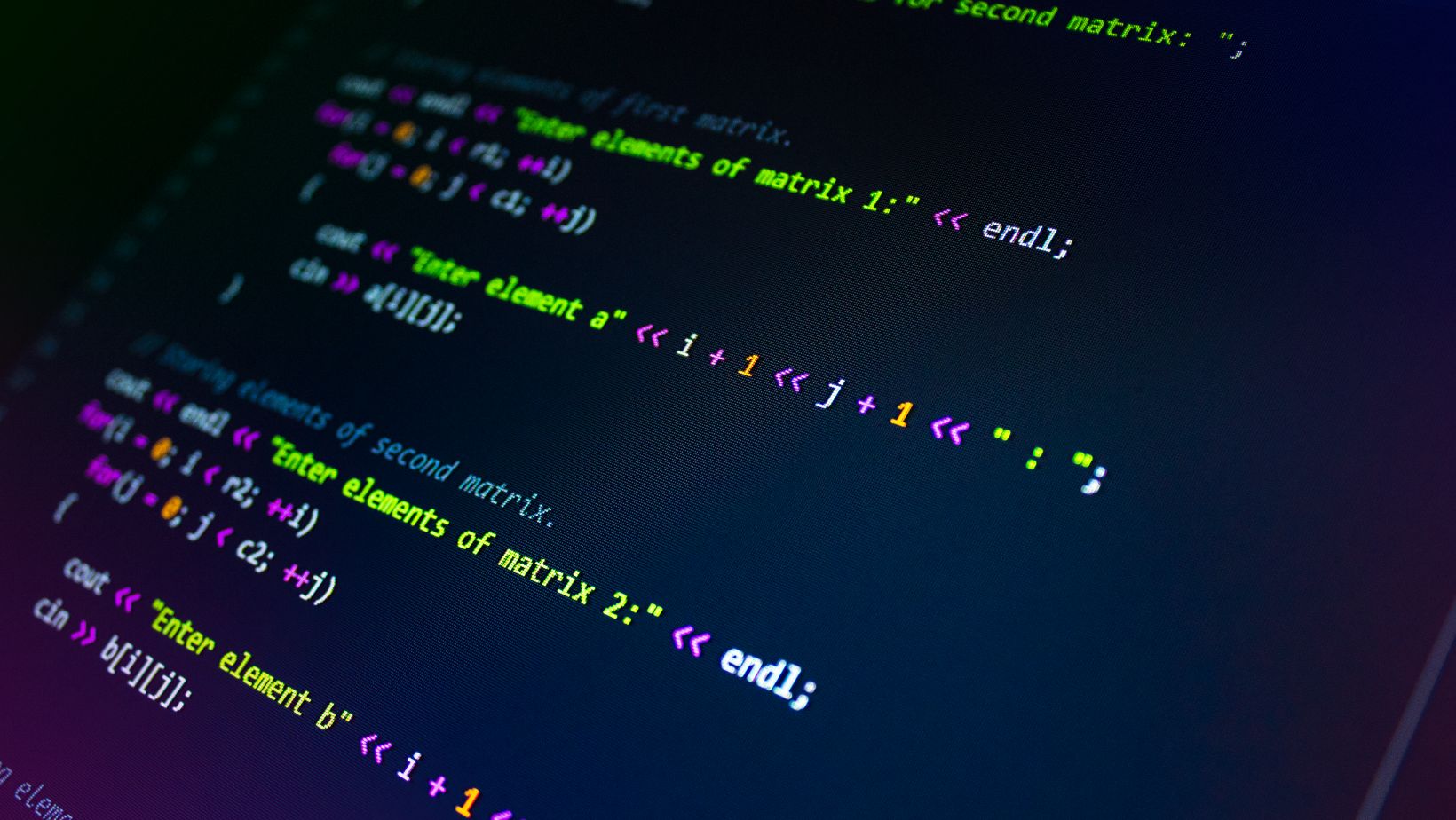
In an age dominated by high-speed internet, voice-to-text tools, and instant messaging platforms, discussing Morse code—an invention from the early 19th century—may feel outdated. Yet, this seemingly old system of dots and dashes remains remarkably relevant. Morse code continues to serve as a vital communication method, connecting amateur radio operators, survivalists, historians, and inventors working on accessible communication technologies.
This article explores Morse code through its historical roots, structural design, and evolution into modern-day applications. Understanding its development and enduring utility highlights how this foundational system continues to enhance communication through its inclusive benefits. Today, tools like a Morse code translator bridge the gap between traditional methods and digital communication, proving the system’s adaptability in the modern world.
The Birth of Morse Code
Morse code appeared as an invention during the time telegraphs became available to the public. In the 1830s and 1840s, American painter Samuel Morse and Alfred Vail invented an electrical telegraph system. The hardware solution alone proved insufficient, so Morse and Vail needed an encoding scheme to translate words into transmittable electrical signals through wires.
Morse and Vail created a mechanism to turn letters and numbers into electrical signals using short and long “dot” and “dash” patterns. The method later received the name Morse code. The historic telegraph message sent by Washington D.C. to Baltimore on May 24, 1844, contained the text “What hath God wrought?”
International Morse Code vs. American Morse Code
Originally, there were two versions of Morse code. American Morse code operated as Railroad Morse throughout most of the United States while employing advanced rules for its operations. International Morse code received its global acceptance in the 1850s when it replaced all other versions because ships adopted it for communication purposes.
Each letter and numeral within International Morse code receives distinct dot (•) and dash (—) patterns that reflect their frequency usage, which grants shorter codes to more commonly used characters such as “E” and “T”.
The Structure of Morse Code
Morse code is a method of encoding text characters through sequences of dots and dashes (also called dits and dahs). It’s a form of telecommunication that’s been around since the 1830s, originally used for long-distance communication via telegraph systems.
Here’s a breakdown of its structure:
Basic Building Blocks
Morse code relies on five key elements:
- Dot (•): A short signal, typically 1 time unit.
- Dash (—): A longer signal, usually 3 time units.
- Intra-character spacing: Intra-character spacing is the one-time unit interval that separates a single character’s dots and dashes.
- Inter-character spacing: A pause of 3 time units between characters.
- Word spacing: A pause of 7 time units between words.
The Morse Code Alphabet
Here’s a quick reference for a few common characters:
● A: • —
● B: — • • •
● C: — • — •
● D: — • •
● E: •
● F: • • — •
● G: — — •
● H: • • • •
● I: • •
● J: • — — —
● K: — • —
● L: • — • •
● M: — —
● N: — •
● O: — — —
● P: • — — •
● Q: — — • —
● R: • — •
● S: • • •
● T: —
● U: • • —
● V: • • • —
● W: • — —
● X: — • • —
● Y: — • — —
● Z: — — • •
Punctuation and Numbers
Morse code also includes numbers and punctuation marks:
● 1: • — — — —
● 2: • • — — —
● 3: • • • — —
● 4: • • • • —
● 5: • • • • •
● 6: — • • • •
● 7: — — • • •
● 8: — — — • •
● 9: — — — — •
● 0: — — — — —
Common Punctuation Includes:
● Period ( . ): • — • — • —
● Comma ( , ): — — • • — —
● Question mark ( ? ): • • — — • •
Morse Code in Action
Here’s how Morse code works in action, using examples and explaining how the elements are structured during real communication.
A Lifeline at Sea
People best remember Morse code for its essential role in saving ships in danger at sea.

All sailors across the world recognize the universal distress signal SOS (• • • — — — • • •) and find it easy to recall. SOS comes from a simple pattern that was chosen over word-based signals because it matched maritime distress needs perfectly.
War and Espionage
Every war effort in both world conflicts heavily depended on Morse code for its military communications. Military commands found it straightforward to send safe messages across the vast battle and naval distances. Station operators performing their duties in times of stress needed to handle message coding and decoding processes at top speed.
During the espionage efforts, Morse code played a major part. Secret agents sent intelligence through clandestine radios from inside enemy territory. At the same time, prisoners tapped Morse codes onto walls using homemade tools or their eyes, as shown by U.S. Navy Commander Jeremiah Denton during Vietnam.
Modern Applications of Morse Code
Even though Morse code might seem old-school, it still finds modern applications today, especially in niche, technical, or emergency settings.
Amateur Radio
Ham radio operators rely on Morse code to talk across great distances at present. The easy setup and minimal signal use of Morse matches the needs of communication channels that fail under adverse conditions. The system stays active on faint radio bands to serve as a vital communication link when other systems are out of service during emergencies.
Assistive Technology
Devices that detect small motions, such as facial eye tracking or sip-and-puff inputs, are used to translate Morse code. Google even integrated Morse code into its Gboard keyboard, showcasing how digital innovation can adapt traditional communication methods for modern accessibility on Android and iOS.
While accessibility tools evolve to meet user needs, the tech industry also sees innovation in development workflows. For instance, in automated testing, discussions around Playwright vs Cypress reflect a similar drive to modernize legacy approaches with smarter, more adaptable solutions.
Disaster and Emergency Communication
Morse code serves as a dependable backup solution during occurrences of natural disasters as well as technical breakdowns. People can send distress calls through light flashes from flashlights and beep sounds or direct taps as their primary communication methods. Survivalists and preppers, alongside rescue professionals, need to master Morse code for its convenient and adaptable usage.
Learning Morse Code: Tools and Tips
While traditional methods like auditory practice and mnemonic aids remain invaluable, modern learners can enhance their Morse code journey using digital tools. Several platforms now offer free online utilities, including Morse Code Translators, that make learning more interactive and accessible.
One such platform is LambdaTest, better known for its AI-native test execution capabilities. LambdaTest allows users to run both manual and automated tests at scale across 3,000+ browser and OS combinations and over 10,000 real devices. In addition to its testing suite, it provides a wide range of free utilities—including a user-friendly Morse Code Translator—for experimenting with Morse in real-time. Whether you’re decoding a historical message or just curious about tapping out your name, these tools make it easier to explore Morse code in the digital age.
Features That Enhance Learning:
● Real-Time Conversion: It allows you to quickly convert between Morse code to English text, and vice versa.
● Clean, Distraction-Free UI: Focus purely on learning without any unnecessary clutter.
● Copy & Share Options: Easily copy your results or share them with others—great for collaborative learning or fun challenges.
● Audio Output: Hear the code playback as sound, mimicking the classic beeping of telegraph machines—perfect for auditory learners.
Using the LambdaTest Morse Code Translator:
- Visit the tool: Visit the Morse Code Translator on LambdaTest.
- Choose your mode: Select either Text to Morse or Morse to Text, depending on your goal.
- Enter your content: Type your message or code into the input box.
- Translate and learn: Click “Translate” to see the result instantly, and if available, click the audio icon to hear it in Morse.
- Practice repetition: Try translating your daily thoughts or quotes to reinforce familiarity with patterns.
Bonus Tip: Bookmark the page or add it to your learning toolkit. Use it alongside apps like Morse Ninja or LCWO.net to practice listening, decoding, and timing drills.
By incorporating LambdaTest into your learning routine, Morse code becomes less of a historical curiosity and more of a living language—an accessible, digital skill ready to be used in emergency communication, coding games, or just impressing friends with secret messages.
Why Learn Morse Code Today?
Though most countries no longer need Morse code for amateur radio permits, its study brings special advantages.
● Cognitive training: Enhances memory, pattern recognition, and concentration.
● Emergency preparedness: Offers a vital backup communication method.
● Inclusive communication: Facilitates interaction for individuals with speech or mobility impairments.
● Historical appreciation: Deepens understanding of communication evolution.
Effective Learning Strategies
Here’s a breakdown of what works best:
- Start with Sound, Not Sight: Since Morse code is traditionally auditory, practice listening rather than visual memorization.
- Use Mnemonics: Create memorable phrases for each letter (e.g., “A is apple: dot-dash”).
- Set Daily Practice Goals: Consistency is key. Even 10–15 minutes daily helps build proficiency.
- Leverage Technology:
● Apps: “Morse Mania,” “Morse Trainer,” “Morse Code Ninja.”
● Websites: LCWO.net (Learn CW Online) and Morsecode.world.
● Games: Gamified learning has the potential to improve retention and add enjoyment to practice.
Challenges and Misconceptions
While Morse code is a fascinating and useful system, there are still challenges and misconceptions around it. Let’s examine a few of the most important ones:
Is Morse Code Obsolete?
Despite assumptions that Morse code is obsolete, its longevity proves otherwise. Like the vinyl record or mechanical watch, Morse has found a niche that refuses to vanish. It’s not the primary form of communication anymore, but it has undeniable utility in specialized scenarios.
Difficult to Learn?
Morse is often thought to be time-consuming or challenging to learn. In truth, with consistent practice, learners can achieve beginner fluency in a few weeks. The Koch Method and Farnsworth Timing are two proven techniques that gradually build speed and recognition.
The Future of Morse Code
It’s interesting to note that there is a renewed interest in Morse code. From its integration into wearable devices, smart home technologies, and emergency response protocols to its symbolic presence in pop culture (like in Stranger Things or 1917), Morse continues to captivate.
AI-powered translation tools are now capable of decoding Morse code via audio or video input, making it easier to preserve and teach the skill. Meanwhile, digital artists and designers often use Morse to encode secret messages into visual works, graffiti, or even tattoos, giving it a new identity in the age of encryption and metadata.
In Conclusion
Morse code, developed during the telegraph era, continues to leave its mark on modern communication. This simple series of short and long signals has connected people across different times, platforms, and needs — saving lives at sea, during wars, and now supporting digital learning. Its usefulness keeps it alive today: amateur radio enthusiasts communicate across borders, people with disabilities express themselves more easily, and artists find creative inspiration. Morse code’s enduring standard messages show its lasting relevance.
Learning it today sharpens the mind and opens new ways to connect, proving that even simple signals still carry great meaning. So the next time someone tells you Morse code is obsolete, you can confidently respond—not with words, but with a series of beeps, flashes, or taps that say otherwise.
• • • — — — • • •
(SOS – just in case you ever need it.)




